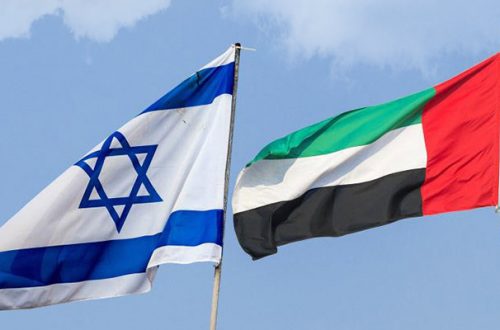Read Elham Manea’s case for a humanistic Islam
In the ‘Diary of an Arab woman’, I had a message. We live in a time where a version of Islam, Wahabbi Islam exported from the heart of Saudi Arabia, has become dominant in the Arab world. It is dominant in the mosques, dominant in the media, and it is propagated actively with the support of Saudi oil money. Another version of Islam, Shi’a Islam as exported from the Islamic Republic of Iran, is also being disseminated in parts of the Islamic world – though on a lesser scale than its Sunni counterpart.
Both are expressions of a religion that has become politicised. While the two countries needed religion to legitimise their political systems, a re-Islamisation of secular Arab societies has taken place, as a result of the failure of the Arab state to fulfill the promises it made after the end of the colonial era.
Secular Arab states failed to fulfill the promises they made: to launch a successful development process (Arab countries are lagging behind other regions in their development); to improve people’s lives (it will take an Arab citizen 140 years to double his or her income, in comparison to 10 years in Asian countries); and to restore by force that which the Arabs consider as the legitimate rights of the Palestinian people (the 6-days war of 1967 put an end to such a claim).
Because of this, and because democracy was also postponed by Arab regimes, on the pretext that development had the priority, a real sense of betrayal fast disseminated across the region. Failure bred a sense of dissatisfaction, deeply intensified by the lack of future prospects. Religion became a refuge.
The re-Islamisation of Arab societies gave ground to the belief that there is indeed only one version of Islam, the one exported from the heart of Saudi Arabia: Najdi Wahhabi Islam. People seem to have forgotten how colorful and diverse Islamic traditions were. Islam in Tunisia or Morocco was different in its interpretation and scope from that of Oman or Yemen, and Egyptian Islam was certainly different in its spirit from that of Saudi Arabia. People also seem to have forgotten that their identity rarely revolved around their religious beliefs, as we are made to believe today. They were Arabs or Kurds, Egyptians, Yemenis, or Tunisians, not Muslims in the first place.
This re-Islamisation of Arab societies was combined with constant calls, by Islamic parties who have become a powerful political force on the Arab political landscape, for the implementation of Shari’a laws. ‘Islam is the solution’ – such was the new motto espoused by these Islamic political parties. Society seems to have bought this claim.
The message of the ‘Diary of an Arab Woman’ is that it was time to challenge this claim. It was time for a humanistic Islam.
This humanistic Islam presented in the Diary bases its argument on four components: identity; a free and rational Islam; forbidden areas of thinking; and the woman – a human.
Via the HJS


